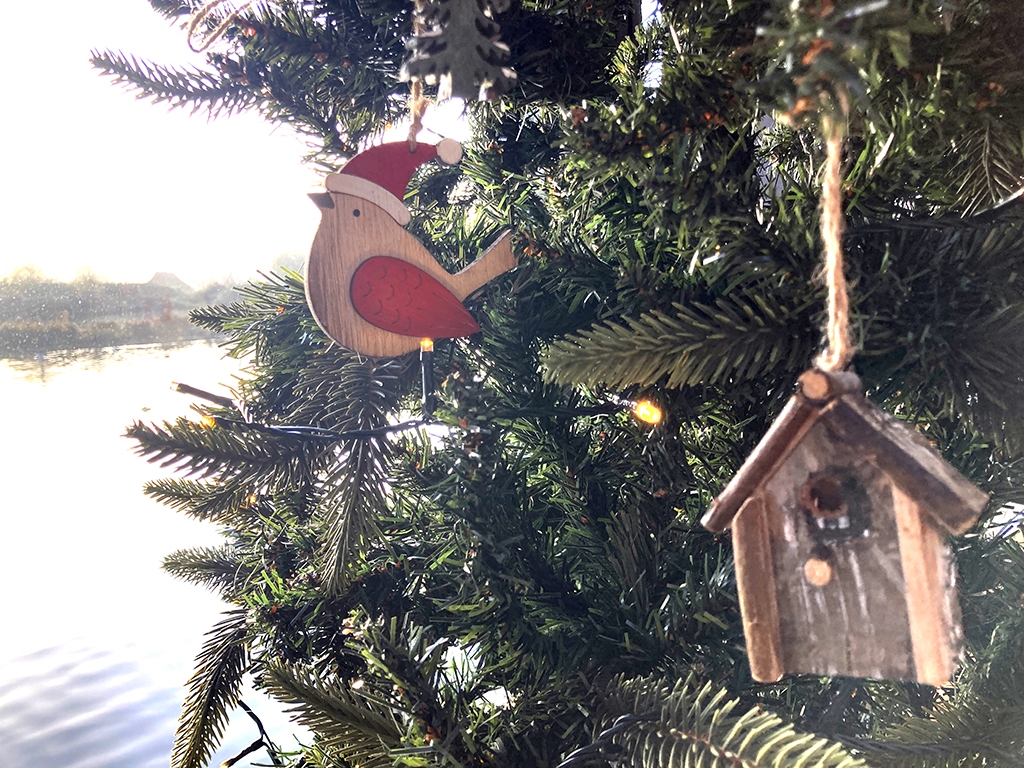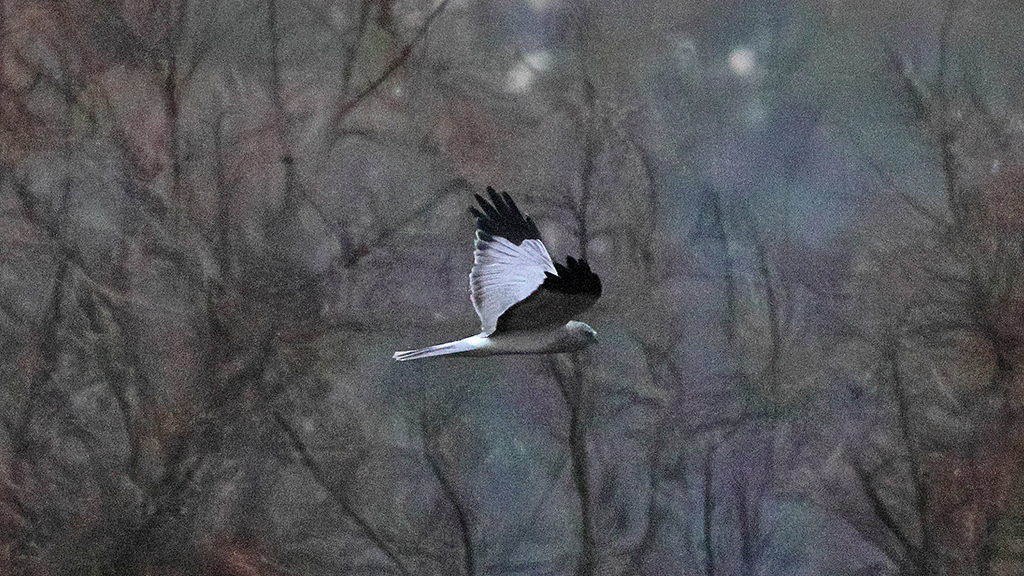Autumn Wildlife to Watch
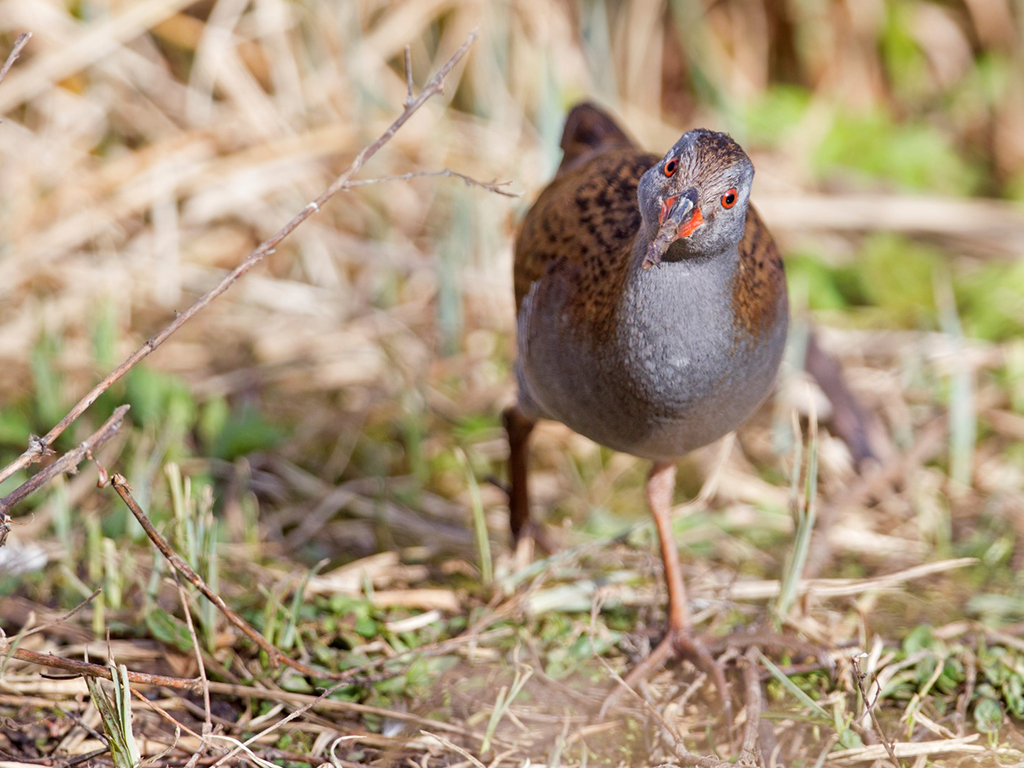
In October autumn really takes hold. Nature’s palette shifts and migrating birds arrive to stay the winter.
Give yourself some quiet time to be still with nature - you may be rewarded with the flash of a kingfisher, a snipe breaking cover or a graceful grey heron. The jewel tones of the ducks and geese, earthy colours of the season and the low angle of light also make autumn an amazing season for photography.
Cattle Egrets
Our cattle egrets seem to prefer the company of cattle off site, instead of the ten mixed breed cattle we have on site currently munching away on the wetland weeds. But we are seeing the cattle egrets in big numbers in the morning. When the Reserve team was in for Septembers bat survey they spotted a huge roost of cattle egrets on the tree in the centre of the water from the Scrape hide.
A great egret is around at the moment as well. Grey herons are more plentiful and easier to see as the days get cooler, the foliage shorter and browner. We see more cormorants in autumn especially on the large lagoon between the Ramsar and Sand martin hides
Kingfishers

Kingfisher sightings are increasing this autumn. The unmistakable bright blue and orange birds, are easier to see as the leaves fall from their fishing perches and they fish more often as the weather gets colder. Look for them at the Ramsar hide and Scrape hide, and the Arun Riverlife lagoon. The kingfisher photo above is by Alec Pelling, a regular visitor to WWT Arundel.
Wintering Waders
The snipe population at Arundel Wetland Centre begins to increase in late summer with birds from Northern Europe and Russia arriving to winter here in the southeast. These small, dumpy waders have short legs and their buff colours and mottle brown feathers allowing them to perfectly blend into the reeds at the water’s edge. Snipe use their extremely long bills to probe mud looking for invertebrates to eat. Most days it’s difficult for us to ascertain how many snipe we have onsite. We may only see a few in our morning counts but when we enter an area to work we may startle 30+ into the air!
We are already hearing water rails in the reedbeds. Their contact call is a pig like squeal. We do have a few on site all year around but we will get an influx of rails from rest of UK and mainland Europe. These nervous birds with big feet often scurry for cover if they hear you approaching. They are related to moorhens, but smaller and thinner with a lovely red bill.
In the last few years we have had more lapwing returning to the site in autumn and winter, with a small flock wintering on site. Look for them on the islands between the Ramsar and Sand martin hides.
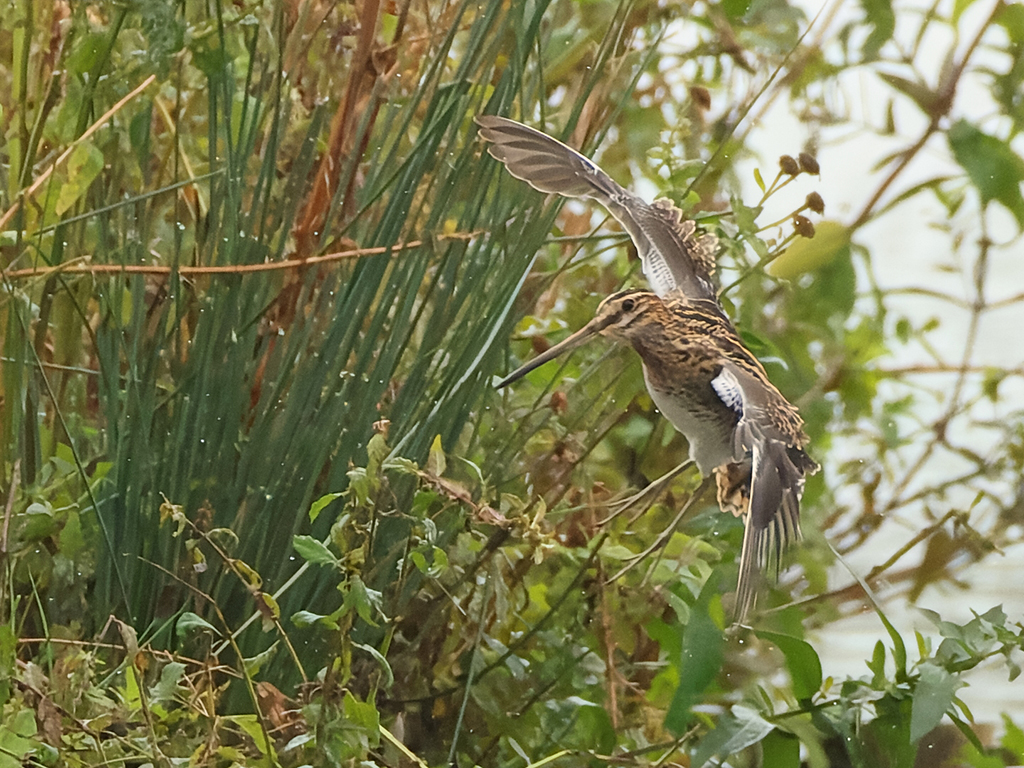
Ducks
In September many duck species were still in eclipse and so hiding away, but we are seeing more out and about. Tufted duck juveniles have done well in collection areas and can still be seen in the Meadow Pond along Woodland Loop. Gadwall numbers been increasing since late August on the water. Teal numbers also increase in autumn but only to 40-50 birds. The Scrape hide is a good vantage point for gadwall and teal. Numbers of these ducks will go up and down depending on how many places to feed there are in the Arun Valley due to water levels and temperatures.
Small birds
Sedge warblers and reed warblers head south to over winter in Africa. Blackcaps, willow warblers, garden warblers, reed warblers, sedge warblers and whitethroats will move southward as well. Later, flocks of redpoll and goldfinches will stop-over to rest, socialise and refuel before continuing their journey. However Cetti's warblers stay on site through the winter give occasional blasts of song. Robin and blackbird numbers will increase in autumn and remain high all winter. The species onsite and vary daily so pick one of the hides and try your luck.
Geese
Canada geese and greylag geese that bred onsite dispersed in August. In September and October the geese coming in at days end to roost and leave early in the mornings.
Raptors
We have our eyes to the skies in October looking for Marsh Harriers coming onsite to roost. A pair was confirmed to have nested and raised young onsite this summer. We are open an extra hour on Wednesday 5 November & Saturday 8 November for the Evening Roost event where visitors can stay on at the hides to watch the pied wagtail, egrets and marsh harriers come in.
We have had an osprey stop in on Sept 19. These fish eaters sometimes stay a few days. Buzzards can be seen, coasting on the thermals from Offham hangar on warm days. Look out for kestrels too.
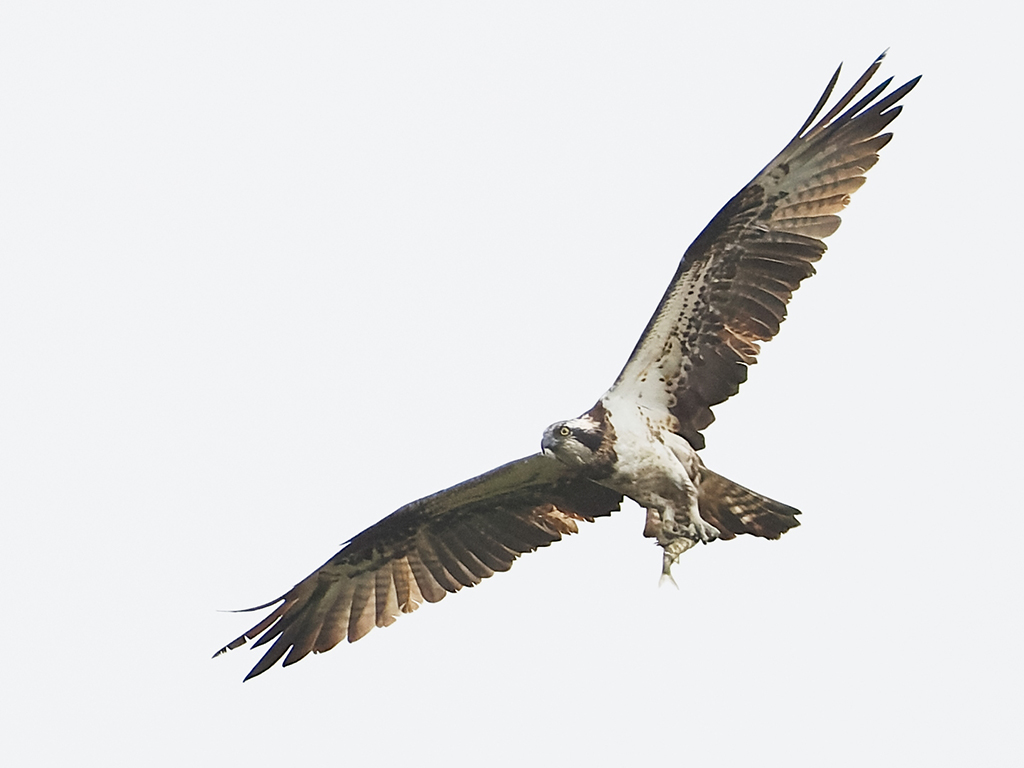
As we move into October, it will be the last chance to see the southern hawker and common darter dragonflies, which hang on until the heavy frosts. Later, flocks of redpoll and goldfinch will stop-over to rest, socialise and refuel before continuing their journey.
